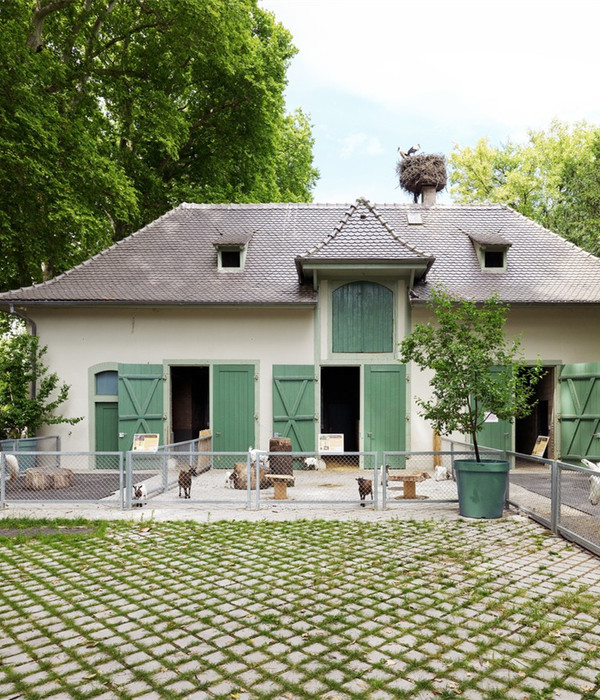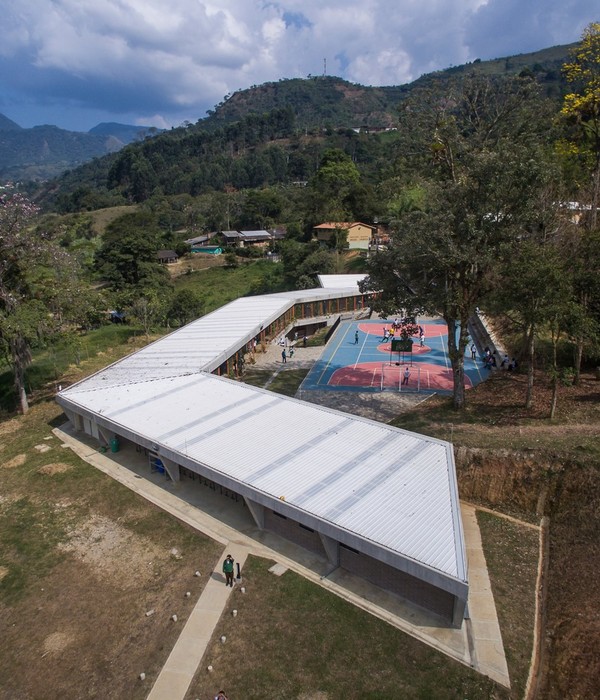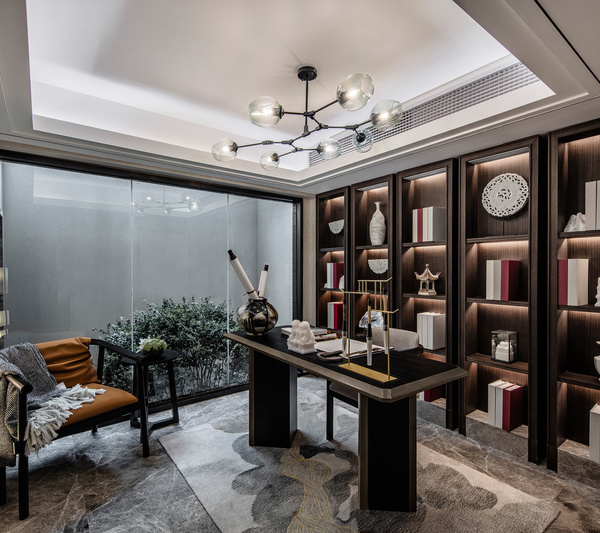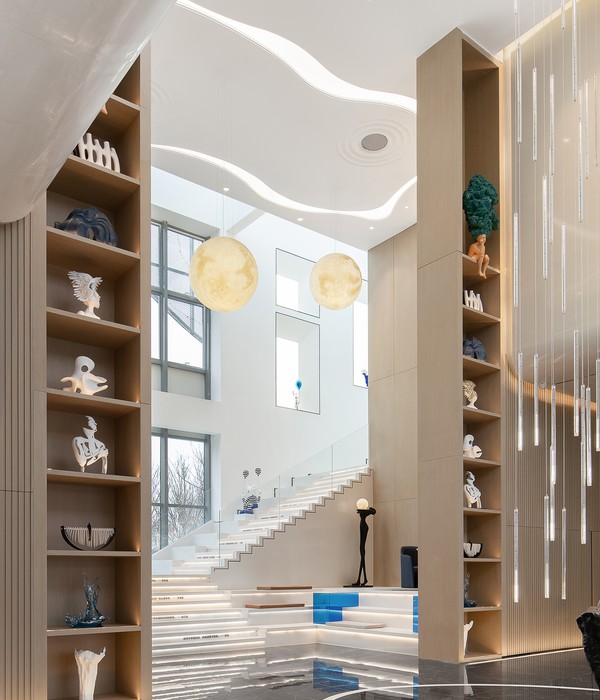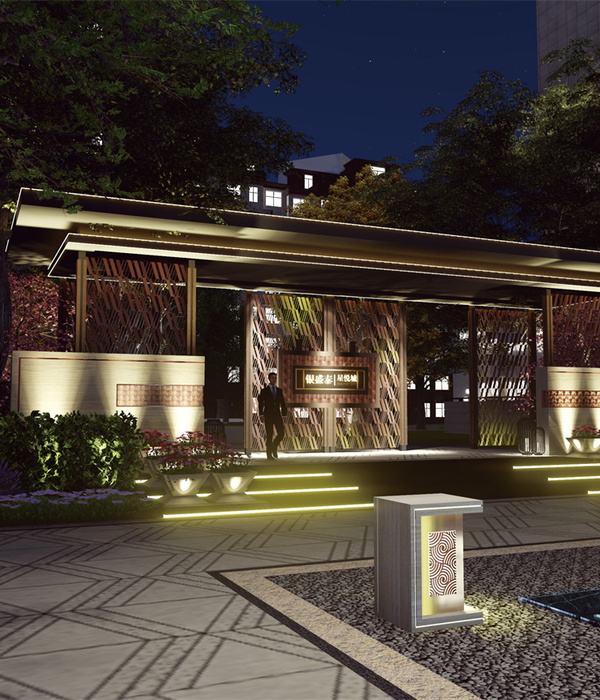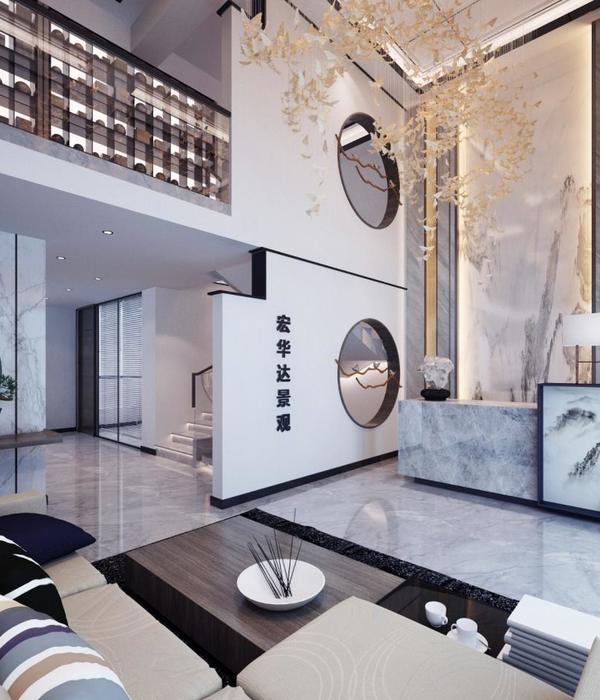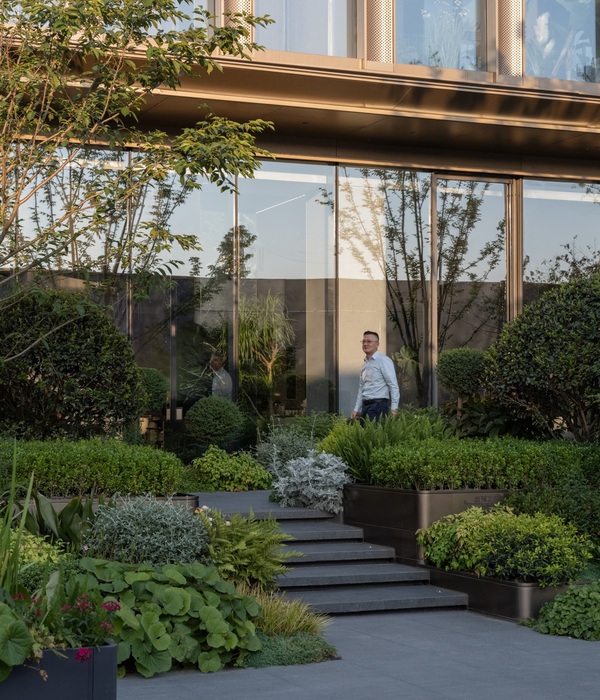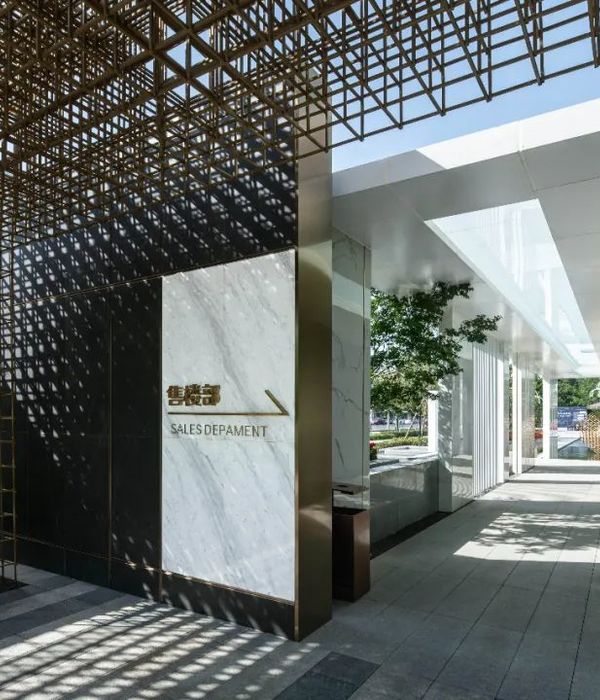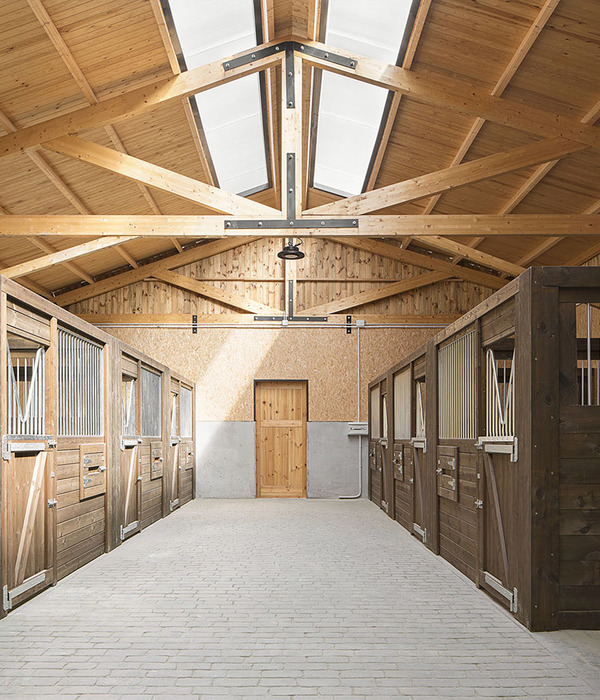现如今,严峻的气候危机导致粮食与水资源的短缺,对人类文明构成了巨大威胁。曾拥有辉煌农业文明的东南亚的城市,如曼谷,而今却成为疯狂的城市化进程的受害者。优先考虑到全球粮食安全与人民的健康,以及环境问题,城市必须有效地利用曾被忽视的空间,以进行可持续的粮食生产。
Amidst the climate crisis, food and water scarcity pose tremendous threats to human civilization. Once abundant agrarian societies, Bangkok and cities across Southeast Asia, have fallen victim to unregulated urbanization. To prioritize global food security, and the health of our people and the environment, cities must utilize neglected spaces to efficiently and sustainably produce food.
▼项目概览,Overview of the project
在此情况下,泰国国立法政大学重新利用了浪费的236806平方英尺(约22000平方米)屋顶空间,打造了亚洲最大的屋顶有机农场,简称TURF。结合了建筑景观与独特的传统梯田模式,TURF项目集可持续粮食生产、能源再生、有机废物与水资源管理,以及公共活动空间于一体。
Repurposing 236,806 sq. ft. of wasted rooftop space, Thammasat University introduces an adaptive climate solution with Asia’s largest organic rooftop farm—Thammasat University Rooftop Farm (TURF). Integrating landscape architecture with the ingenuity of traditional rice terraces, TURF incorporates sustainable food production, renewable energy, organic waste, water management and public space.
▼项目综合了多种功能与公共空间,TURF integrates multiple functions and public spaces
▼结合梯田的土方结构和现代绿色屋顶技术,with an earthwork of rice terraces and modern green roof technology
土堆形的建筑表达了对大学前校长Dr Puey Ungphakorn的敬意。“Puey” 在泰语中意为“树下的土堆”或“养分”。结合了梯田的土方结构和现代绿色屋顶技术,与传统混凝土屋顶相比,这种阶梯式的屋顶将雨水的收集、过滤以及减缓径流的效率提高了20倍。
The mound shape architecture pays respect to the university’s former director, Dr Puey Ungphakorn. “Puey” means “mound under the tree,” or “nourishment,” in Thai. With an earthwork of rice terraces and modern green roof technology, the cascading rooftop absorbs, filters and slows down runoff 20 times more efficiently than conventional concrete rooftops.
▼阶梯式的屋顶分析图,analyze drawing of the slopes
雨水沿着斜坡蜿蜒而下,滋养着屋顶的农作物,为整个校园提供了食物。屋顶的每一侧都设置了蓄水池,用来收集与储存过剩的雨水,以备未来干旱时使用。
As rainwater zigzags down the slopes, TURF grows food to feed the campus. At the end of its journey, four retention ponds await on each wing, mitigating and storing excessive rainfall for future use during drought.
▼屋顶的每一侧都设置了蓄水池,用来收集与储存过剩的雨水,four retention ponds await on each wing, mitigating and storing excessive rainfall
顺应了建筑起伏的趋势,TURF将可使用的场地最大化,创造出多功能的公共空间,同时形成了一个360度俯瞰曼谷全景的巨型露天剧场。屋顶设置有太阳能电池板,每小时可产生高达50万瓦特的电量,为农场灌溉系统与主体建筑供电。
Carving into the mountainous architecture, TURF maximizes the terrain to create multi-functional public spaces, and a large amphitheatre with a 360-degree panoramic view of Bangkok. The roof is equipped with solar panels, capable of producing up to 500,000 watts per hour to irrigate the urban farm and power the building beneath it.
▼出多功能的公共空间与巨型露天剧场,multifunction space and the sky amphitheater
▼由低层露天剧场广场看建筑与屋顶,viewing the project from the ground amphitheater
▼屋顶农场为植被进行了分级,the vegetation is graded on the roof farms
▼不同的植被形成了五彩斑斓的景观,different vegetation forms a colorful landscape
▼多样化的步行系统与室外基础设施,diverse pedestrian systems and outdoor infrastructure
当郁郁葱葱的绿色染上成熟的金黄时,TURF向人们展示出一个既现实又充满希望的可行性方案。项目的核心理念旨在让城市居民重新适应农业生产。传统泰国农业,景观规划,以及本土土壤处理的经验,都被吸纳到项目中。通过建设可持续的城市,为未来的接班人指明了迎接与适应气候挑战的道路。
As lush green turns to dry brown, TURF is a realistic, but hopeful solution, putting urban dwellers back in tune with agricultural practices. Lessons on Thai agriculture, landscape and native soil are embedded into TURF, educating future leaders to adapt and embrace climate challenges, by building sustainable cities for generations to come.
▼屋顶农场俯瞰,aerial view of TURF
▼项目集传统泰国农业,景观规划,以及本土土壤处理的经验于一体,lessons on Thai agriculture, landscape and native soil are embedded into TURF
▼项目的核心理念旨在让城市居民重新适应农业生产,putting urban dwellers back in tune with agricultural practices
▼总平面图,master plan
{{item.text_origin}}

